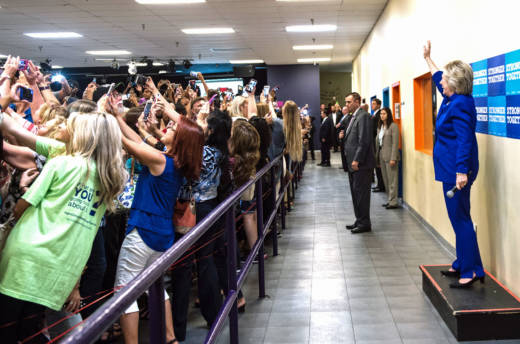From the book THE ATTENTION MERCHANTS, by Tim Wu. Copyright © 2016 by Tim Wu. Published by arrangement with Alfred A. Knopf, an imprint of The Knopf Doubleday Publishing Group, a division of Penguin Random House LLC.
For most of human history, the proliferation of the individual likeness was the sole prerogative of the illustrious, whether it was the face of the emperor on a Roman coin or the face of Garbo on the silver screen. The commercialization of photography may have broadened access to portraiture somewhat, but apart from 'WANTED' posters, the image of most common people would never be widely propagated. In the 20th century, Hollywood created a cohort of demigods, whose image everyone recognized and many, in effect, worshiped.
With the arrival of the smartphone and Instagram, however, much of the power of a great film studio was now in every hand attached to a heart yearning for fame; not only could one create an image to rival those of the old icons of glamour, but one could put it on a platform where millions might potentially see it.
Perhaps a century of the ascendant self, of the self’s progressive liberation from any trammels not explicitly conceived to protect other selves, perhaps this progression, when wedded to the magic of technology serving not the state or even the corporation but the individual ego, perhaps it could reach no other logical endpoint, but the self as its own object of worship.
Of course, it is easy to denigrate as vanity even harmless forms of self-expression. Indulging in a bit of self-centeredness from time to time, playing with the trappings of fame, can be a form of entertainment for oneself and one’s friends, especially when undertaken with a sense of irony. Certainly, too, the self-portrait, and the even more patently ludicrous invention, the selfie stick, has become too easy a target for charges of self-involvement. Humans, after all, have sought the admiration of others in various ways since the dawn of time; it is a feature of our social and sexual natures. The desire of men and women to dress up and parade may be as deeply rooted as the peacock’s impulse to strut. Like all attention harvesters, Instagram has not stirred any new yearning within us, merely acted upon one already there, and facilitated its gratification to an unimaginable extent. Therein lies the real problem.

